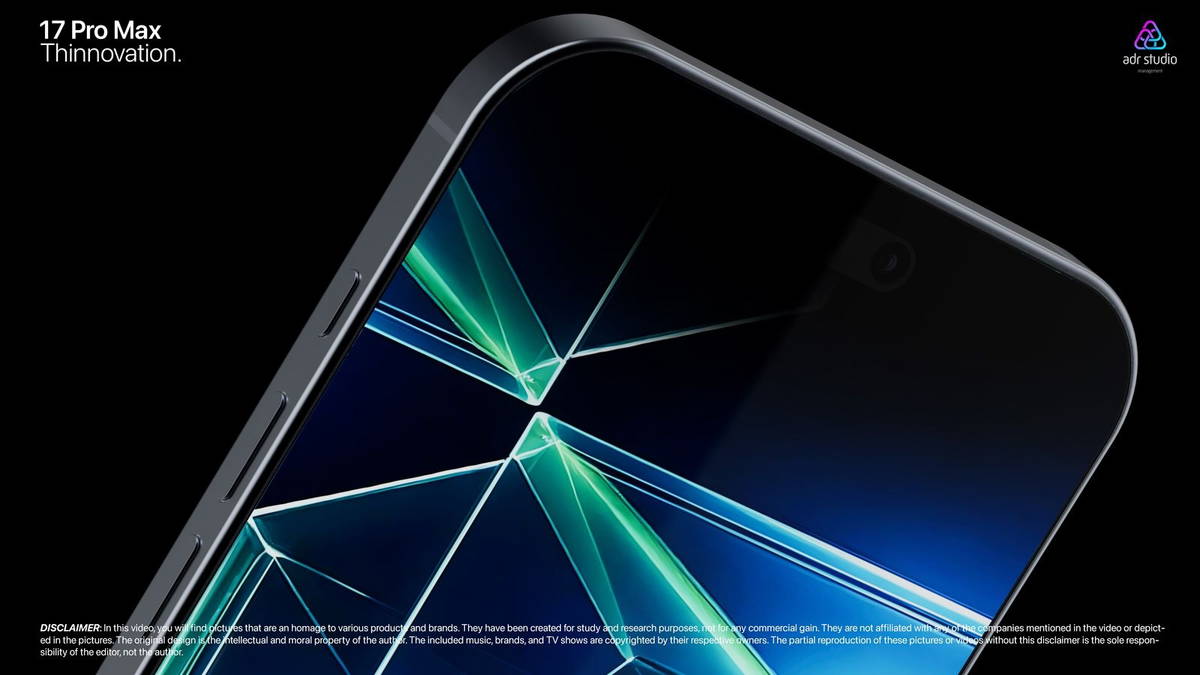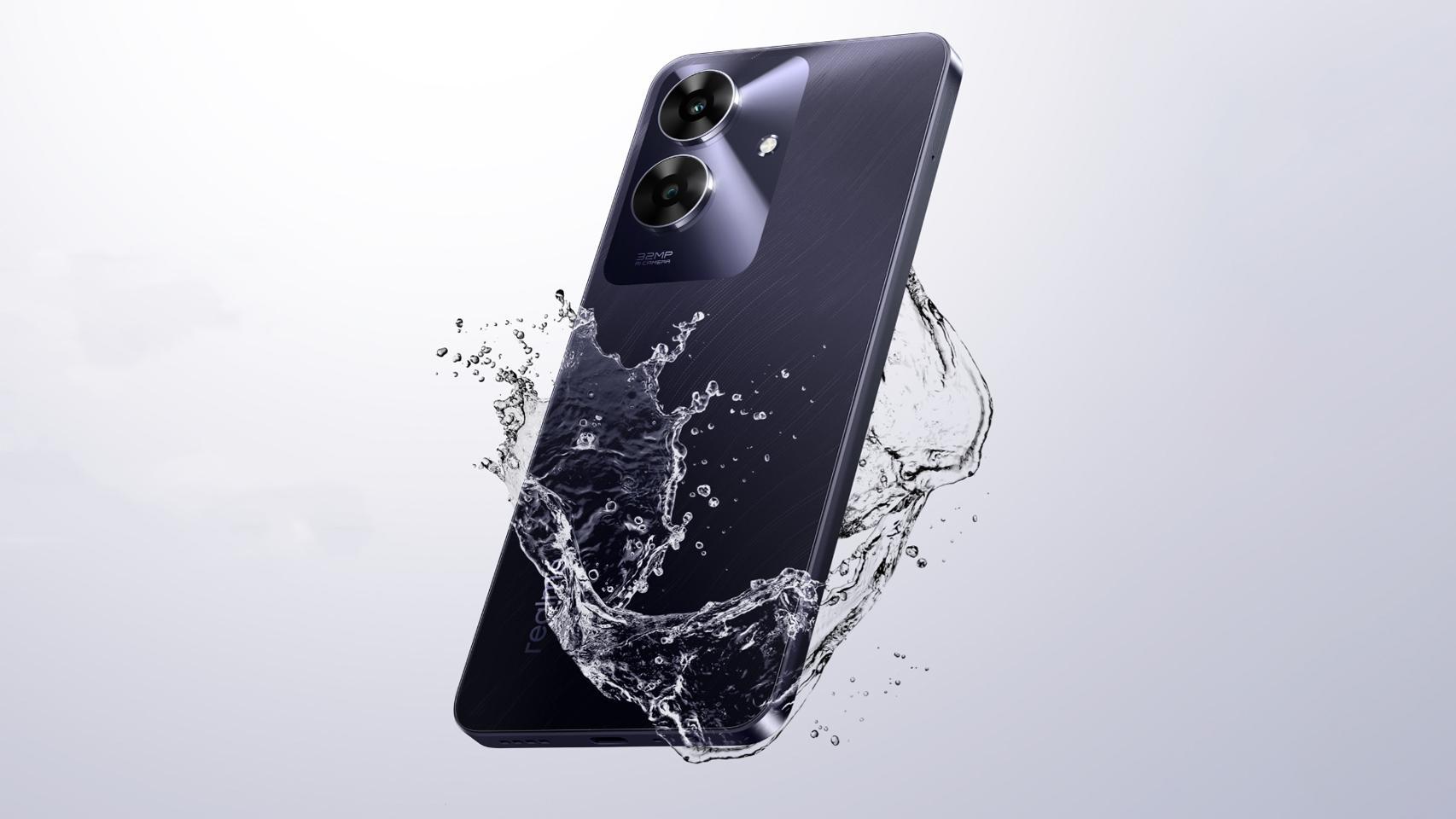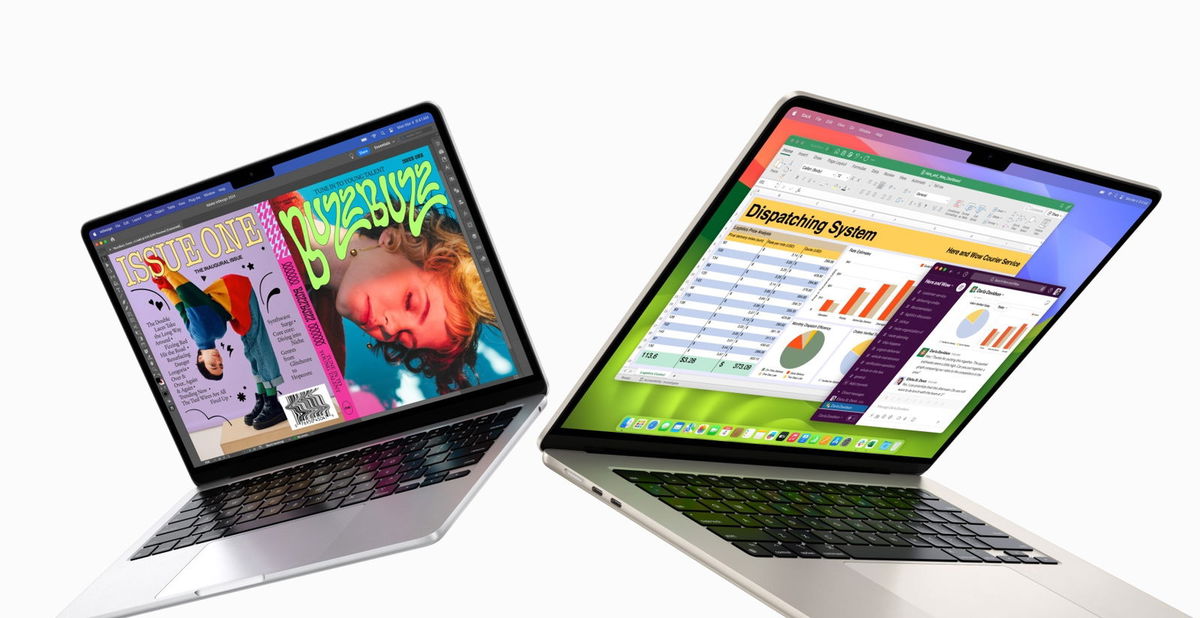When the iPhone 16 line launches in September, we expect it to usher in a new A-series processor. As has been the case in recent years, the higher-end “Pro” models will receive a new processor while regular non-Pro iPhone 16 models will likely receive a version of the A17 Pro chip found in this year’s iPhone 15 Pro. .
As we do every year, we’ll look at the history and performance of the A-series processors over the past few years, as well as recent rumors and general industry trends, to anticipate what we might expect from the new iPhone silicon from Apple this fall. . As always, these are just guesses; Apple is a famously secretive company, and details of its products are often not fully revealed until they are released.
Towards “Pro” or not towards “Pro”?
Last year, Apple introduced what could be a whole new addition to the expected upgrade model. By changing the name from “A17 Bionic” to “A17 Pro” for the first time, it implies that there would also be a new non-Pro chip in each generation. It hasn’t happened yet, but we might see something different this year.
There are three likely possibilities for what Apple could do besides creating a new A18 Pro for the iPhone 16 Pro and Pro Max:
- Create a new A18 for the regular iPhone 16 and 16 Plus, which is essentially the A17 Pro under a new name. There might be minor technical differences, but the performance and features would be the same as the A17 Pro.
- Apple is making a new A18 chip for non-Pro iPhones. It’s based on the same architecture as the A18 Pro but with lower performance in some areas (perhaps due to lower clock speed or fewer active cores).
- Apple continues to use the A17 Pro for the iPhone 16 and 16 Plus; the A18 Pro is the only “new” iPhone chip this year. This is what Apple did with the iPhone 14 and iPhone 15 generations.
It’s hard to say which is more likely, only that the high-end chip will likely once again carry the “Pro” name instead of “Bionic” and only launch on the iPhone 16 Pro models. We’ve heard rumors that the low-end chip in the iPhone 16 will be called “A18” this year, but even if that’s true, we don’t know if it will be a truly new chip or simply a renamed iPhone 17 Pro. And we heard similar rumors last year that didn’t come to fruition.
Our analysis here targets the A18 Pro, what we assume Apple will call the high-end version of the chip powering this year’s iPhones.
Still made with a 3nm process
The A17 Pro was the first consumer chip to use a 3nm manufacturing process. And while TSMC is on track with the 2nm chips that follow, we don’t expect to see an Apple product using this process until next year at the earliest. The A18 Pro will therefore once again be manufactured with TSMC’s 3nm process.
The 3nm process used for the A17 Pro was known as N3, and as the first iteration of TSMC’s 3nm technology, it was quite expensive. The company has a newer process called N3E, which is much easier to manufacture at scale. It should be slightly more power efficient than the original N3 process, but also slightly less “dense”, meaning a chip built with N3E would be slightly larger than an identical chip made with N3.
There are rumors that the A18 Pro will be a physically larger chip than the A17 Pro. The move to N3E could be one reason, but we expect Apple to also increase the transistor count to over 20 billion (the A17 Pro is a 19 billion transistor chip). ). To put this into perspective, a modern Intel “Raptor Lake” generation laptop processor is estimated to have a transistor count of around 26 billion transistors, while the large Nvidia GeForce 4090 RTX desktop GPU from the top plan is a chip of 74 billion transistors.
CPU performance will likely improve
All the rumors have focused on AI performance, and why not when it’s the hot topic of the day? But Apple is still concerned about processor performance and splits core designs between its A-series iPhone/iPad chips and its M-series Mac (and iPad Pro) chips.
Just look at this single-core Geekbench 6 performance chart for iPhone chips since the A11.
What seems most remarkable to me is the way in which regularly single-core performance has increased. We estimated the A18’s performance by continuing the trend of the latest chips, and that gives us a single-core Geekbench 6 score of almost 3,200. That’s just a bit faster than an Intel Core i9-13900KS, a Very high-end desktop processor.
Of course, powerful processors in desktops and laptops have many more cores than a phone processor. We believe the A18 Pro will have the same basic configuration as the most recent A-series chips: two performance cores and four efficiency cores.
Faster cores, cache, and memory will increase the multi-core score even if Apple uses the same number of cores. We’ve also seen a fairly consistent trend in multi-core performance, and we don’t expect that to suddenly change. A multi-core score of over 8,200 would put the A18 Pro in the same territory as a mid-range Intel or AMD laptop processor from around three years ago.
GPU performance still increasing
Using the modern 3DMark Wild Life benchmark in unlimited mode, we get a good idea of how GPU performance improves over time. Frame rates have more than quadrupled since the days of the iPhone it is closer to 30%.
We have no reason to believe that GPU performance won’t be better this time around as well, even though Apple is rumored to not be adding more GPU cores. Architectural efficiency can go a long way. We believe there will be a 10-15% improvement in real-world CPU performance.
The 3DMark Solar Bay test emphasizes ray tracing performance, so you see much lower frame rates overall.
The performance took a huge Jump with the A17 Pro in this test as Apple has added hardware to help speed up ray tracing. There may be some adjustments this year, but we don’t think a similar jump can be expected in this test of the A18 Pro – again, we’ll probably see a 10-15% increase.
Neural Engine could benefit from a significant upgrade
The Neural Engine is the name given by Apple to its NPU or “Neural Processor Unit”, a specialized hardware designed to optimally run neural networks for machine learning, deep learning and AI software, from same way the GPU is designed for graphics processing.
Apple is reportedly going all-in on AI this year, with big AI features coming to iOS 18 and the iPhone 16 lineup. I think that means we can expect a big performance boost from the Neural Engine.
But the Neural Engine has gotten faster at a steady rate since its introduction in the A11 (found in the iPhone 8 and iPhone X). This first neural engine could perform 600 billion operations per second, while the A17 Pro’s neural engine is touted to be capable of handling 35 trillion operations per second (TOPS).
Here’s how this increase in performance over time showed up in performance using the new GeekBench ML benchmark, targeting just the NPU.
Geekbench ML is a relatively new benchmark, only on version 0.6, that runs a suite of machine learning tasks such as image recognition, object classification, image super resolution, and language processing for evaluate the performance of CPUs, GPUs and NPUs. Running the Neural Engine test alone, we see an improvement of over 8x over the last six years and an average annual speedup of around 20%.
Notably, the score did not double between the A16 generation and the A17 generation, even though Apple said that Neural Engine performance increased from 17 TOPS to 35 TOPS. Claimed maximum performance specifications often do not match actual performance figures.
Apple’s Neural Engine already offers much better performance than competitors like the Snapdragon 8+ gen 1 NPU (around 2,800 points depending on the phone it’s in) or Google’s Tensor G3 (less than 2,400 points ). Simply taking past performance gains and projecting them forward would give us a score of almost 4,100 points and a sizable lead over most competitors.
I think we can safely ignore this chart for the A18 Pro, though. Recent rumors suggest that Apple will devote more silicon to the Neural Engine and push for a significant performance improvement to power more advanced AI features entirely on the device. I wouldn’t be surprised if Apple touted very high numbers for its Neural Engine this year – 50+ TOPS, that’s almost certain – and we could see a Geekbench ML score closer to 5,000.
RAM, 5G and more
Of course, there’s more to the A18 Pro than just the CPU, GPU, and Neural Engine. Then there are related chips that aren’t technically part of the A18 Pro but are still important to iPhone users, like the cellular modem.
The new LPDDR6 memory standard is still too new to make it into this year’s iPhones, but Apple could upgrade from LPDDR5 to LPDDR5x, providing slightly higher memory bandwidth and using less power. The A17 Pro went from 6GB to 8GB of RAM and it seems too soon for Apple to jump again. On the other hand, AI models tend to be very memory intensive and we could see Apple increase RAM just to allow for larger, more sophisticated AI models on new phones.
On the wireless front, we should expect an upgrade to Qualcomm’s Snapdragon X75 modem for faster and more reliable 5G connections. Apple has been working on its own wireless chips for years, but has struggled to get them to a point where they provide a good enough experience. There have also been rumors of an upgrade to Wi-Fi 7, and of course we can expect Ultra Wideband, Bluetooth and NFC features similar to those in the iPhone 15 range.
Table of Contents








